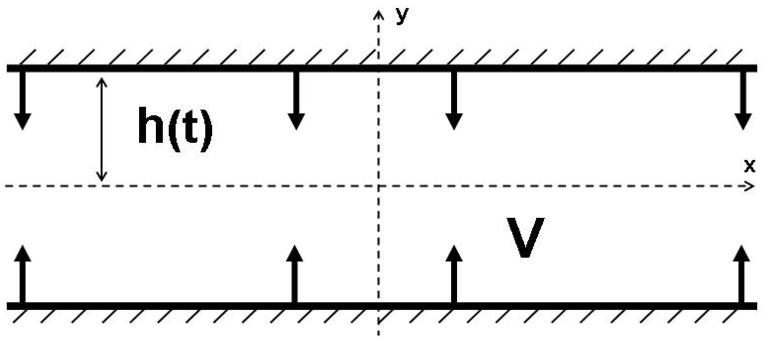Liquid crystal films
Beris--Edwards model on surfaces
We develop a Q-tensor model of nematic liquid crystals occupying a surface which represents a fixed fluidic material film in space. In addition to the evolution due to Landau– de Gennes energy the model includes a tangent viscous flow along the surface. The coupling of a two-dimensional flow and a three-dimensional Q-tensor dynamics is derived from the generalized Onsager principle following the Beris–Edwards system known in the flat case. The main novelty of the model is that it allows for a flow of an arbitrarily oriented liquid crystal so the Q-tensor is not anchored to the tangent plane of the surface. Several numerical experiments explore kinematical and dynamical properties of the novel model.
read







